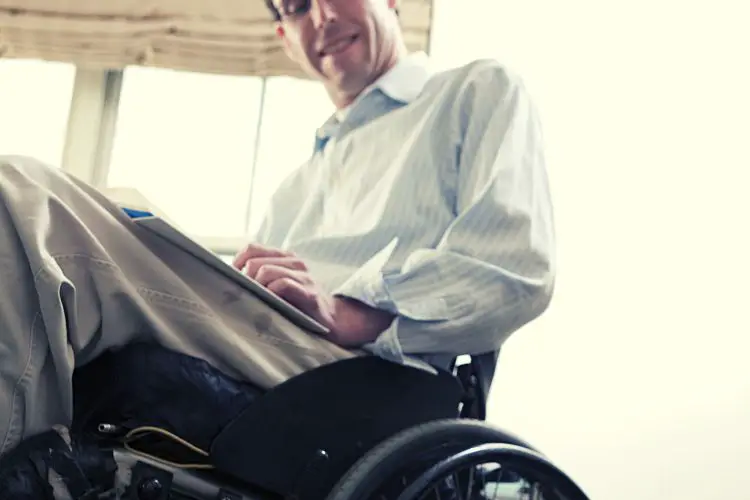Living with a disability in the UK poses unique challenges that others may not fully understand. Tasks that most people take for granted, such as getting out of bed and getting dressed, require careful consideration and planning for individuals with disabilities. Whether the disability is congenital or developed later in life, like visual impairment or severe osteoporosis, the desire to maintain independence remains strong. Thankfully, there are practical steps that both carers and individuals can take to promote independent living.
Recognize the need for support from others Even with the goal of living independently, it is important to acknowledge that some tasks may require assistance from others. Building a reliable support system is crucial for maintaining independence. This may involve having family members check in regularly or enlisting the help of a carer who can assist with specific activities, such as getting dressed. The type and extent of support needed will vary based on the individual’s disability, but receiving support from others enables a continued sense of independence.
This support system can be comprised of family members or carers who visit the individual at home, or it can involve seeking guidance and advice from centers like Disabled Living Centres, which offer resources for independent living and disability management. Recognizing and accepting the need for assistance ensures a sustainable and fulfilling independent lifestyle, as solely relying on oneself can become burdensome and affect one’s well-being.
Utilize personal alarms for safety and peace of mind Accidents or health issues can arise unexpectedly, especially for individuals living with disabilities. For example, a person with visual impairment might trip and struggle to regain their footing. Feeling safe at home without worrying about emergencies is paramount.
Wearing a personal alarm can provide a sense of security. In the event of an illness or fall when no one is around, one can easily call for help without the need to move or leave the house. Personal alarms can be worn as pendants around the neck or as wristbands. When an incident occurs, pressing the alarm button connects the individual to a 24-hour response center, where someone is always available to provide assistance. Communication can take place through a base unit or a phone call to the individual’s home. If the person cannot reach the phone, the response unit will contact a family member or carer to notify them of the situation. With a personal alarm, individuals can rest assured that help is just a call away, even when they are unable to reach out themselves.
Adapt the home environment to suit specific needs Creating an accessible home environment is crucial for individuals with disabilities. Modifying the living space can significantly enhance the ease and manageability of everyday tasks.
Furniture arrangement should prioritize ease of movement, ensuring that pathways are clear and clutter-free. For instance, instead of a central coffee table, smaller tables placed near the sofa’s edges may be more practical. If using a wheelchair, furniture should be spaced appropriately to facilitate easy access, and doorways may need to be widened. Consider lowering surfaces such as kitchen counters and bathroom sinks to accommodate different heights and needs.
Identifying potential safety hazards, such as trailing wires and wet floors, is important to prevent accidents and falls. Additional light switches, handrails, and ramps may be necessary to ensure a safe and accessible environment.
Explore available grants and benefits Numerous resources and support systems exist for individuals living with disabilities or long-term illnesses. Taking advantage of these opportunities can greatly assist in adapting one’s home and lifestyle to suit individual needs.
Government benefits such as Disability Living Allowance and Personal Independence Payments provide financial support. Furthermore, grants specifically designed to help individuals modify their homes for disability-related requirements are available. It’s worth noting that VAT can be reclaimed on purchases of disability-related items and equipment, including adjustable beds, stairlifts, wheelchairs, and medical appliances.
By staying informed about available grants and benefits, individuals and their carers can access financial assistance to create a more accessible and accommodating living environment.
Living with a disability in the UK doesn’t mean sacrificing independence. By building a strong support network, utilizing personal alarms, adapting the home environment, and exploring available grants and benefits, both carers and individuals can navigate the challenges and live fulfilling, independent lives.

